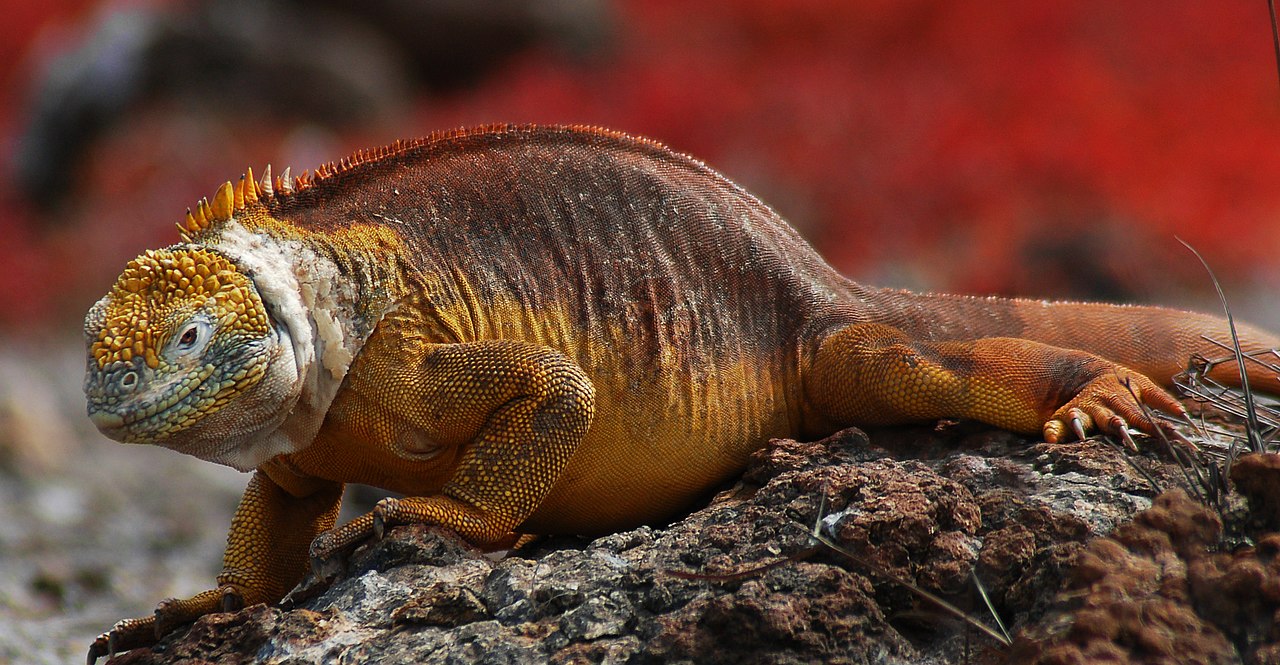After almost a hundred years, biologists have noted a significant increase in the population of a rare iguana on the Galapagos island of Santiago. Rare reptiles, released on a Pacific island, contribute to the proper ecosystem.
Restoration of the Galapagos
After the Galapagos Islands were declared a UNESCO natural heritage site in 1978 due to their unique fauna and flora, the Ecuadorian islands began to be damaged by invasive species. Pirate and whaling ships brought pigs and goats to the islands, and rats reached the Pacific with them. In the 18th and 19th centuries, the Galapagos Iguana became the prey of fishermen and settlers.

Restoration of the Galapagos ecosystem began in the late 1990s as part of Project Isabela, named after the largest of the Galapagos Islands, where the goats proliferated. There were almost a hundred thousand individuals at the beginning of this project.
The Galapagos Iguana “Heals” the Home Islands
“After 187 years, we can reintroduce a healthy population of Galapagos iguanas, with adults and young, on Santiago Island,” said Galapagos National Park Director Danny Rueda. According to him, this is a great success, strengthening the hope for restoring islands that invasive species have seriously damaged in the past.

Biologists released three thousand Galapagos iguanas into the wildness three years ago. As a result, reptiles have successfully contributed to the restoration of the ecosystem. “Nature on the island is already starting to show positive changes thanks to these iguanas, which, among other things, scatter plant seeds around the island,” said Luis Ortíz-Catedral, head of the expert expedition that mapped the new iguana population on the island.
The giant Galapagos land iguana (Conolophus subcristatus) is an endemic species of the volcanic Galapagos archipelago, measuring around one meter and weighing 10 kilograms. It is classified as a vulnerable species on the endangered species list.
Source: dw.com/es/nacen-iguanas-terrestres-en-isla-de-galápagos-tras-casi-dos-siglos/a-62678247, featured image ny Jimrules42 at en.wikipedia, CC BY 3.0, https://commons.wikimedia.org/w/index.php?curid=17877174















